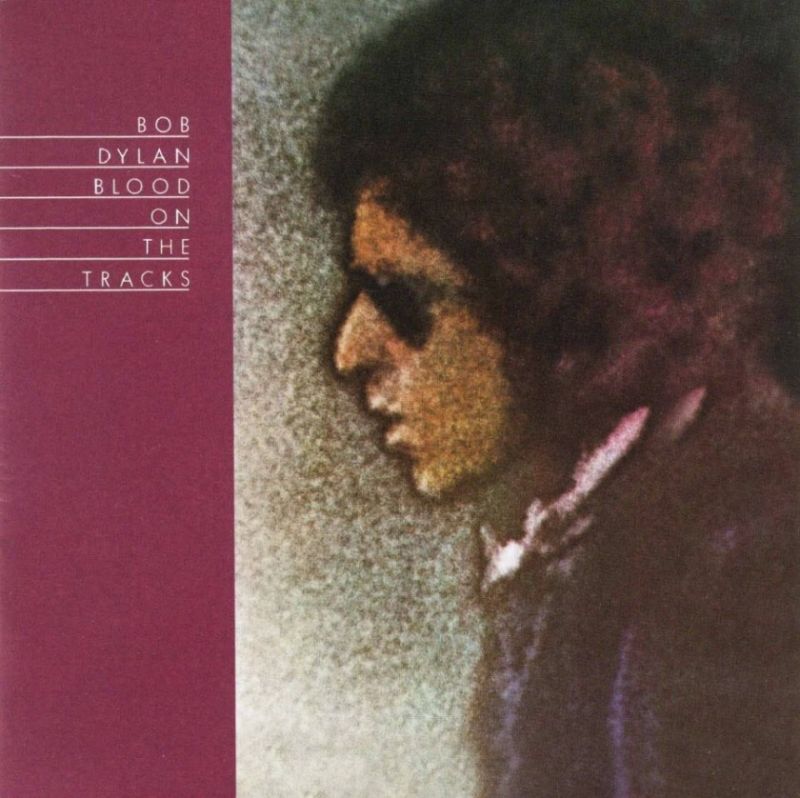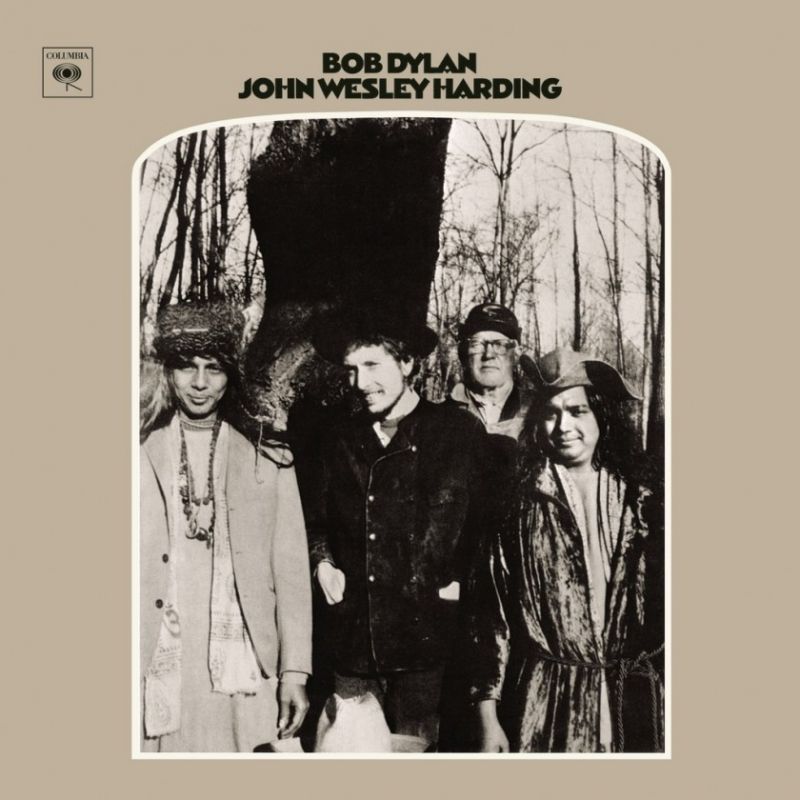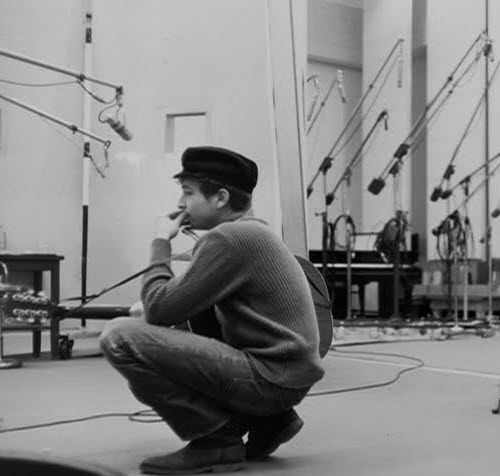The second session @ Minneapolis’ Sound 80 Studios, and the last recording session for “Blood On The Tracks”.
With the first session being a success, Dylan was more relaxed for this session. He knew & trusted the people he was working with. He was also more open to suggestions. The first song he wanted to try was the pivotal “Tangled Up In Blue”; the master take here proved to even top the brilliant New York version.
In New York “Tangled Up In Blue” had been recorded in the key of E (open tuning configuration), in Minneapolis Dylan first tried it in the key of G. Odegard then suggested: “..I think it would be better, livelier, if we moved it up to A with capos. It would kick ass up a notch” (quote from the book “A Simple Twist of Fate: Bob Dylan and the Making of Blood on the Tracks”). And so they did.. & the master take of one of the greatest songs in history was recorded.
Sound 80 Studio
Minneapolis, Minnesota
30 December 1974
6th and last Blood On The Tracks recording session
Producer: David Zimmerman
Engineer: Paul Martinson
Continue reading Dec 30: Bob Dylan Blood On The Tracks, 6th & final recording session 1974






